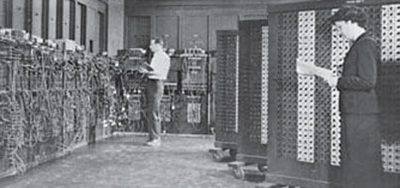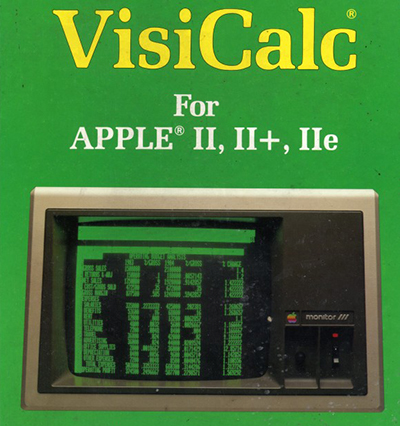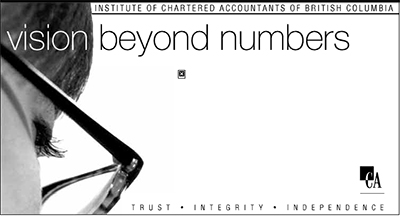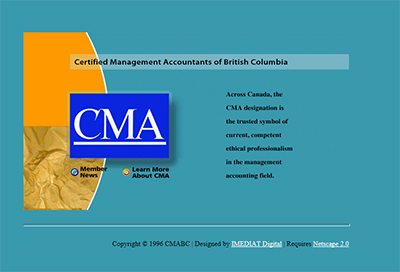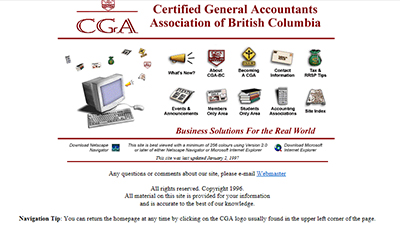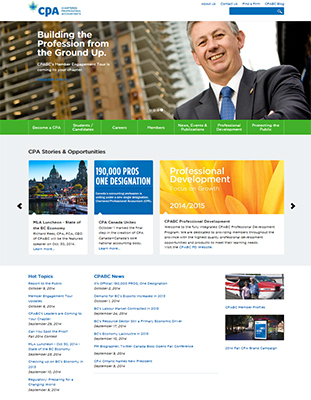Influence of Technology
Our world today is changing at an unbelievable pace and this has had an enormous influence on the accounting profession. There is little doubt that the 21st century will be dominated by a knowledge-based economy and the prime source of wealth creation will be information.
And of course, the distribution system for that information has been supercharged by technological changes unlike anything we have ever witnessed. Consider that the computer in your cell phone today is a thousand times more powerful, one hundred thousand times smaller and a million times cheaper than the single computer MIT had in 1965.
The advent of computer-based accounting programs serves as a good example of the enormous impact of technology on the profession. Entries were previously done manually, finding errors was tedious, and mistakes could mean hours of recalculation and searching for "missing" money. Computer-based accounting programs eliminated calculators and paper ledgers, lowered the margin for error, made mistakes easier to find and correct, and saved a considerable amount of time.
This hyper-proliferation of information and the dramatic technological advances have radically changed how accountants work, how accounting students learn, and how everyone interacts with each other. So it’s easy to forget how we got here. Let's look back and consider what we might expect in the future.
| Date | Event |
|---|---|
| 1947 |
The first general-purpose electronic computer, the Electronic Numerical Integrator and Calculator (ENIAC), is completed. It weighs almost 30 tons.
|
| 1949 | In an article projecting the advancement of science, Popular Mechanics said, “Computers in the future may weigh no more than 1.5 tons.” It turns out, they were right. |
| 1962 | J.C.R. Licklider, of the United States Department of Defense’s Advanced Research Projects Agency, writes a series of memos advancing the idea of an “Intergalactic Network” of computers. |
| 1969 | The first two nodes of what would become the Pentagon's Advanced Research Projects Agency Network (or ARPANET) are connected. This was the first workable prototype of the modern internet. |
| 1972 | Offices start using teletype machines to enter and process the data of early computers. |
| 1976 |
VisiCalc becomes the first spreadsheet computer program for personal computers. It helps the microcomputer become a serious business tool. VisiCalc sold over 700,000 copies in six years, and 1 million copies over its history.
|
| 1976 | CGA-BC purchases its first computer. |
| 1977 | “There is no reason anyone would want a computer in their home.” - Ken Olson, founder and president of Digital Equipment Corp., 1977 |
| 1981 | IBM introduces its PC Model 5150, sparking a widespread adoption of personal computers.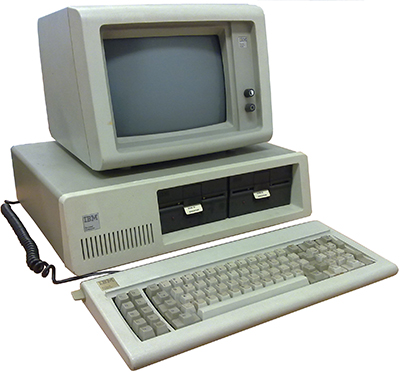 |
| 1986 | Program 90, a first for the profession, is launched. It incorporates hands-on computer technology into the CGA program. |
| 1990 | Tim Berners-Lee invents the World Wide Web, which provides common means of accessing data online in the form of websites and hyperlinks. |
| 1995 |
ICABC launches its first website. It later expanded the amount of information online to include a career website, a recruiting site, a website for controllers, and a website for tax tips.
|
| 1996 |
CMABC launch its first website.
|
| 1996 |
CGA-BC launches its first website.
|
| 2004 | "Two years from now, spam will be solved." - Bill Gates, founder of Microsoft, 2004 |
| 2014 |
September 9, 2014 - CPABC launches its new, redesigned website at www.bccpa.ca.
|
| 2015 | CPABC has 2,841 Twitter followers, a total of 2,881 Facebook likes and 3,499 LinkedIn followers. Will these social media platforms even exist in 20 years? |
Of course, before we get too excited about where the future of technology may take us, we may be wise to consider the words of Nathaniel Borenstein, a US programmer and the co-creator of Multipurpose Internet Mail Extensions (MIME): “The most likely way for the world to be destroyed, most experts agree, is by accident. That’s where we come in; we’re computer professionals. We cause accidents."

